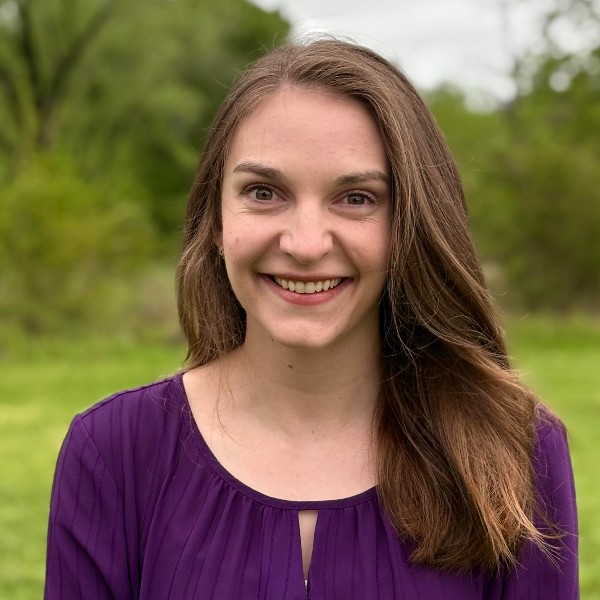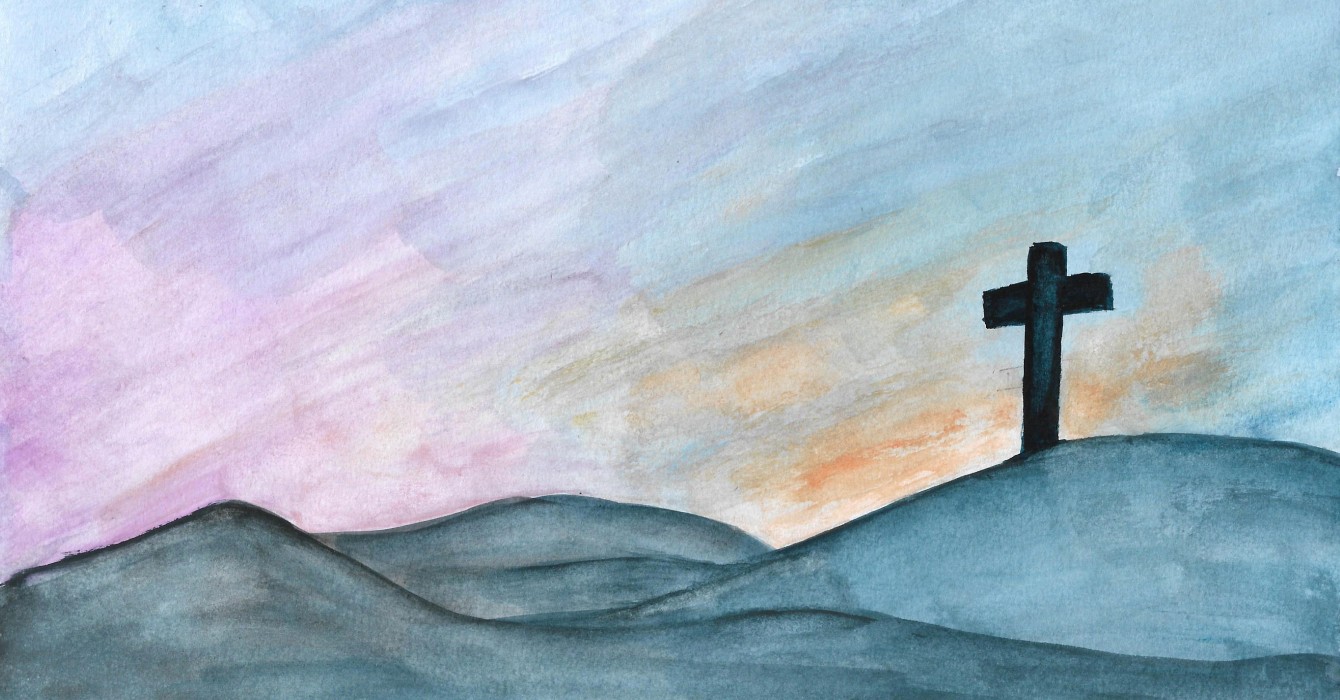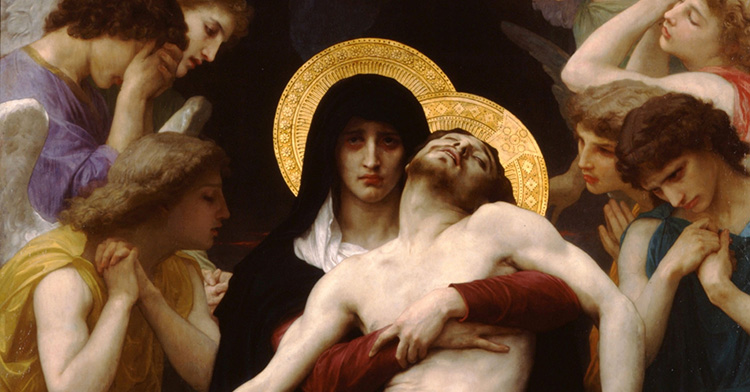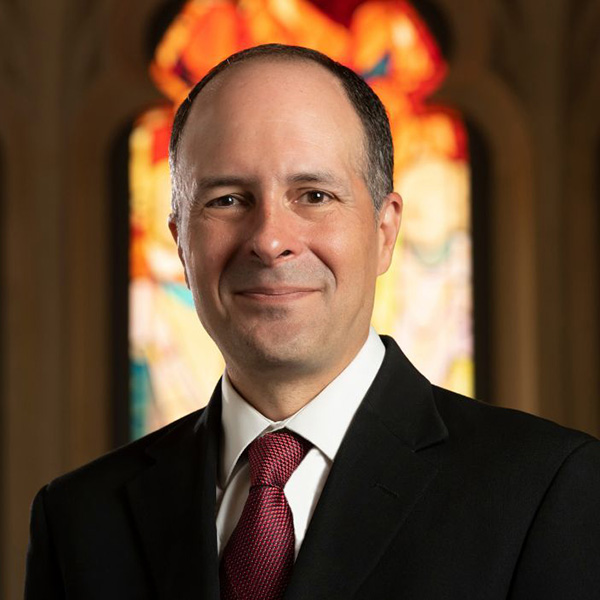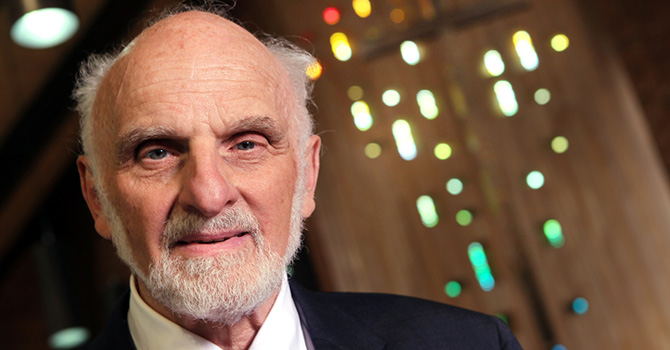Editor’s note: Faith & Leadership offers sermons that shed light on issues of Christian leadership. This sermon was preached at Glencoe Union Church in Glencoe, Ill., on April 20, 2014.
“Seeing is not believing. Our senses can deceive us.” This sounds like something a preacher would say when talking about faith or some such religious virtue.
“Seeing is not believing.” These words are a quote from the astrophysicist Neil deGrasse Tyson in the opening of a recent episode of the new TV series “Cosmos: A Spacetime Odyssey.”
He goes on: “The cosmos … is stranger than we ever could have imagined. Light, time, space, gravity conspire to create realities which lie beyond human experience.”
He proceeds to reflect on the incredible discoveries of what the night sky has been telling us that until very recently we could not hear, let alone comprehend.
MIT physics professor Max Tegmark recently wrote an op-ed piece in The New York Times in which he reported on what he calls “the bombshell announcement of the discovery of cosmology’s holy grail: telltale signature of ripples in the very fabric of space [from] our cosmic origins.
“If this discovery holds up,” he goes on to say, “it will go down as one of the greatest in the history of science.
“It teaches us humans that we need to think big,” he says, “because we are the masters of underestimation.”
We need to think big, because we are masters of underestimation.
I like that.
Our gathering on this Easter Day in and of itself is evidence of a ripple in the very fabric of reality. The ripple is less about our origins than about our destiny.
It all began early on the first day of the week. The women were confronted with the news, “He is not here, but has risen.”
And here we are: Christ is risen!
[The congregation responds:] Christ is risen indeed!
A man dies a gruesome death. Gruesome even by first-century standards. But the fact is, that was a story all too common to become a turning point in the history of Western civilization. It was not enough to reset the calendar of time, even though in that moment, at the time, this one man’s crucifixion surely loomed large.
However, if left to stand on its own, over time this one man’s death would have been stitched into the fabric of human history as yet one more predictable, tragic end to a noble life in an evil time. There are too many of those to count in the 20th century alone. Who can blame his closest followers early in the first century for resisting reports that “he is risen”?
For all kinds of good reasons, such news was beyond their comprehension. They were still reeling from the horror and the terror of crucifixion. They were rattled, afraid, grief-stricken, demoralized, devastated -- undone.
As you recall, in the months leading up to this day they had refused to accept his talk of crucifixion. If they thought he did not know what he was talking about when he talked of dying, they would surely have completely tuned out any talk of resurrection.
He may have told them -- but they could not hear it. They could not comprehend it. It was too big. It was too good to be true.
Interesting that we don’t have a saying, “It’s too bad to be true.” Apparently, we need less convincing when it comes to what is bad. We seem naturally to underestimate the power of the good.
When our culture does imagine something like the dead living again, the best they can come up with is a zombie. Talk about bad! All zombies are good for is spreading death in the most brutal kind of way.
Luke tells us that when they first heard the news from the women, it “seemed to them an idle tale.” Pick your translation: empty talk, a silly story, a foolish yarn, utter nonsense, sheer humbug.
So they ran to see for themselves. They found an empty tomb. To be sure, the existence of an empty tomb raises questions. Questions about where the body is.
The empty tomb is evidence more of the desecration of the dead than the resurrection of the dead.
An empty tomb does not settle the issue. An empty tomb raises concerns, but not the dead.
Many of you here know what it’s like to live in the wake of death. You know it firsthand. It’s engulfing. We feel it in our bones. Death ripples through time and rips through our lives -- it tears us apart. We know it well, all too well.
Then, as now, talk of resurrection sounds too good to be true. Too big.
This account we read this morning from Luke, like the other Gospel accounts in the New Testament, was written at least 40 years after the events described took place.
Common to all these accounts is that no one saw it coming. They were completely blindsided by the resurrection.
You would have thought that 40 years after the events, the leadership of the early church would have ever so slightly shaped the stories to boost their own authority and legitimacy -- especially if the original accounts were essentially fabricated in the first place.
I can imagine Peter, James and John, for instance, going over the final edits of the accounts and proposing a rewrite something like this: “Yes, we were there on the morning of the third day, waiting for the word we were sure was coming, because he had told us it would be so. And sure enough, the glorious news came: ‘He is risen!’ And we, his closest trusted and loyal companions, met up with him in Galilee as planned. And well, the rest is history!”
No. The story is unambiguous on this point: they were all overwhelmed with death -- confused, perplexed and deathly afraid.
These accounts ring true, not because of resurrection, but because they reflect what we know beyond a shadow of a doubt to be true about death.
It makes perfect sense that resurrection would be, on the face of it, nonsense -- that it would not dawn easily. It makes sense that it would be remembered as utterly inconceivable, unbelievable. As too big. As too good to be true.
The text we read from 1 Corinthians was penned by the apostle Paul a mere 20 or so years after the time of Jesus. It is the earliest written record of the resurrection we have in the New Testament. By that time, we read, it was regarded as “of first importance” in relation to the message about Jesus: that he died, was buried and was raised on the third day, and that he appeared to Peter, the 12 and then to 500 others at one time. And, Paul says, most of them are still alive, though some have died.
By that time, resurrection had become the explanation for their whole existence.
By that time, the resurrection of Jesus had become the reason for hope for all who had died and will die. It had become a matter of first importance not just about Jesus but about us -- all of us -- subject as we are to this human condition.
By then, it had become the cornerstone of the Christian message -- the good news, as they put it. The good news about Jesus, about God, about humanity, about life. The fabric of death that had enshrouded all of humanity had been ripped open, and there was light. Undying light.
By then the early Christians had learned to think big. In Jesus, God had conspired to create a reality that until then had been beyond human experience and comprehension. There was something deeper than death. There was a love stronger than death.
The evidence of this ripple in the fabric of time -- the evidence of resurrection -- lies not in these accounts, whether from the Gospel writers or from Paul. The evidence of the ripple of resurrection lies here with us, some 2,000 years beyond its origin.
Here we are gathered to hear again that good news, to remember and to encourage one another to think big -- for we are now, as they were then, “masters of underestimation.”
This morning, 30 or so of us gathered down by the lake at 6 a.m., in time to see the sun rise. It was a glorious sight. We gathered to remember that first day at early dawn when they went to the tomb. The same sun that rose on them that morning rose on us this morning.
Did our going to the beach make the sun rise? No more than the women going to the tomb created the resurrection.
Would the sun have risen if we had not shown up? Indeed, it would have.
The writer C.S. Lewis once said, “I believe in Christianity as I believe that the Sun has risen, not only because I see it, but because by it I see everything else.”
Indeed.
Christ is risen!
[The congregation responds:] Christ is risen indeed.
Alleluia. Amen.




